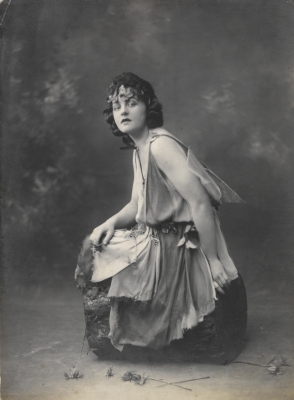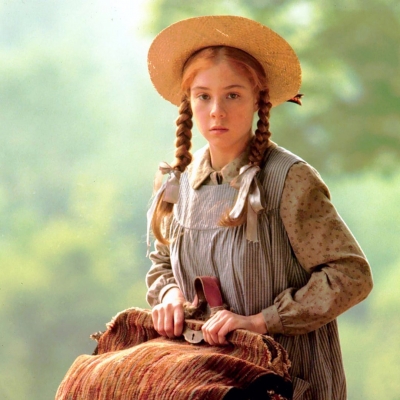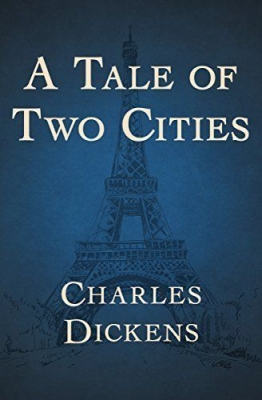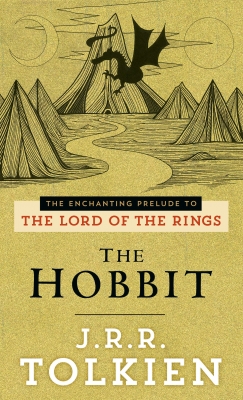Why is there no ‘e’ in Gadsby?
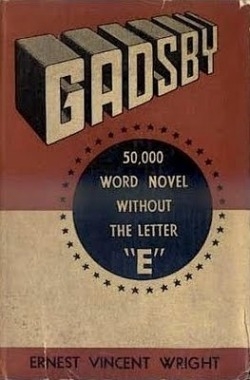
Gadsby is a 50,000-word novel written without words containing the letter "e". Written by Ernest Vincent Wright in 1939, it is a lipogram or a novel written without using a letter or letters. Gadsby tells the story of a fictional city called Branton Hills, which is revitalized due to the efforts of its new mayor, John Gadsby, and a group of young people. Turned down by publishers, Wright self-published his work, but a warehouse fire destroyed many copies, which increased the value of the original copies, priced at $4,000 7,000 by book dealers. The book is a favourite of fans of "constrained writing" and is a sought-after rarity among book collectors.
Inspired by Wright, Georges Perec decided to write his own novel without the letter "E"—in his first language, French. Published in 1969, it was called La Disparition and was later, incredibly, translated into English in 1994 by Gilbert Adair, who renamed it A Void (as the direct translation would have been The Disappearance which, you might have noticed, contains three examples of the letter in question).
La Disparation has since been translated into many languages in the same lipogrammatic form, including German, Italian, Dutch, Swedish, Spanish, Turkish, Romanian, and even Japanese. You have to wonder who had the harder job here: the author of the original novel, or the writers who managed to stick to the rules when they translated it.
Picture Credit : Google
